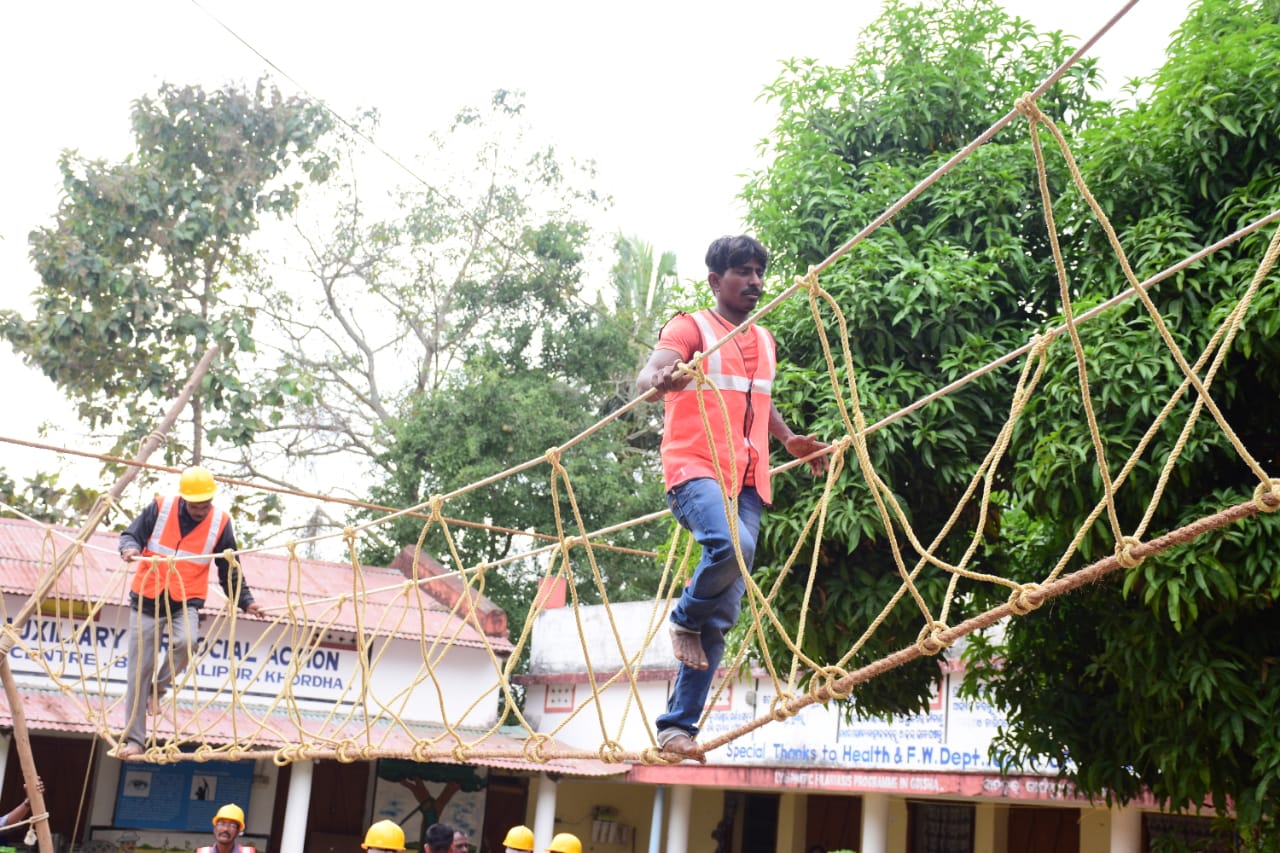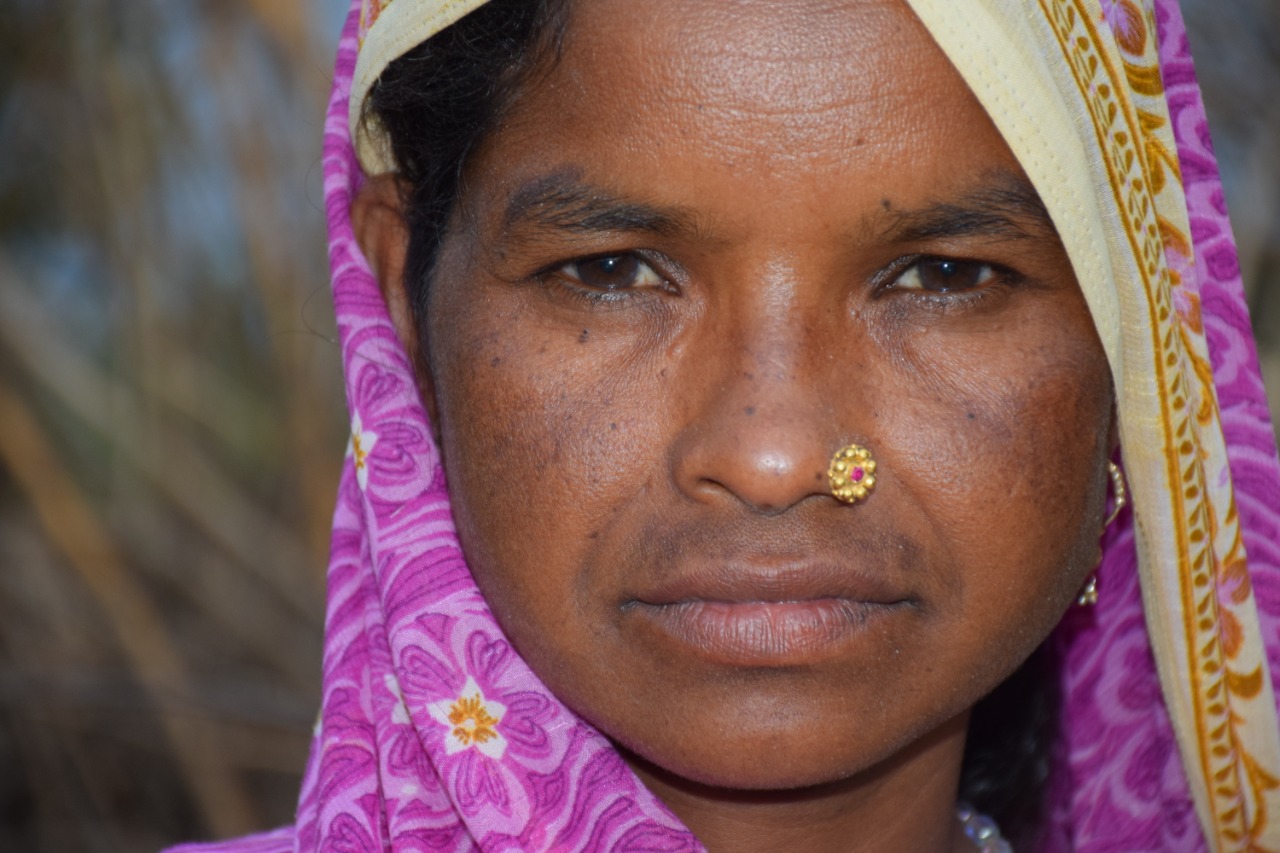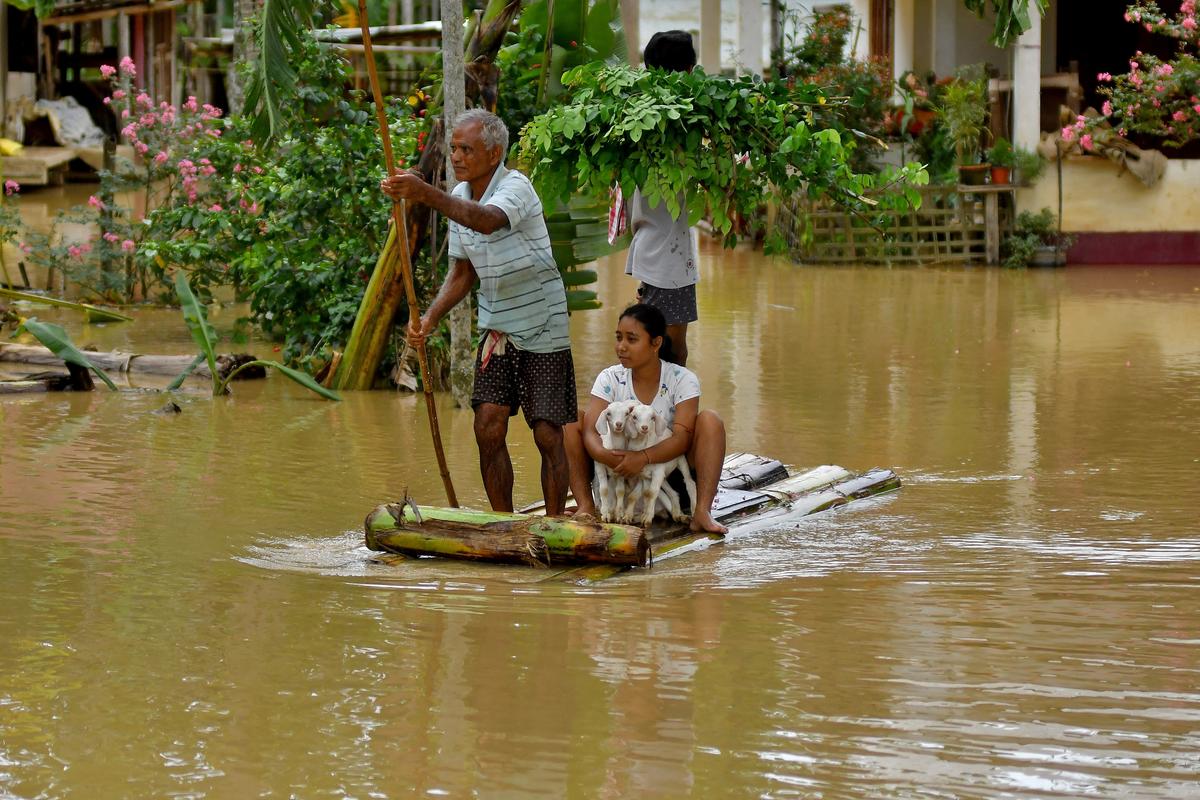CASA BLOGS

Empowering the Future: Disaster Management Training for School Children in Disaster-Prone Areas
Introduction:
In the face of increasing natural disasters worldwide, it becomes imperative to equip our younger generation with the knowledge and skills necessary to handle emergency situations. Children, being one of the most vulnerable groups during disasters, can greatly benefit from disaster management training. This blog explores the significance of imparting such training, with a special focus on school children residing in disaster-prone areas.
Understanding the Need:
Disaster-prone areas are regions susceptible to various natural calamities such as earthquakes, floods, hurricanes, and wildfires. Schools situated in these areas play a crucial role in preparing children for unexpected events. Disaster management training empowers children by fostering a sense of responsibility, resilience, and the ability to act decisively during emergencies.
Key Objectives of Disaster Management Training for School Children:
Awareness and Preparedness:
Educate children about the different types of disasters prevalent in their area.
Instill a sense of awareness regarding early warning signs and evacuation procedures.
First Aid Skills:
Teach basic first aid techniques, including CPR, wound care, and the importance of staying calm in critical situations.
Encourage the creation of small first aid kits that children can keep at home.
Emergency Evacuation Drills:
Conduct regular evacuation drills to familiarize children with safe routes and assembly points.
Emphasize the importance of orderly evacuation and cooperation with teachers and classmates.
Communication Strategies:
Train children on effective communication during emergencies, including how to contact emergency services and convey essential information.
Emotional Well-being:
Address the psychological impact of disasters and provide coping mechanisms to help children deal with fear and stress.
Encourage open communication about emotions and experiences related to disasters.
Community Engagement:
Promote a sense of community by involving children in local disaster preparedness initiatives.
Encourage them to share their knowledge with family and friends, creating a ripple effect of awareness.
Implementation Strategies:
Incorporate Practical Exercises:
Integrate hands-on activities, simulations, and role-playing exercises to make learning more engaging and memorable.
Collaborate with Local Authorities:
Work closely with local disaster management authorities to ensure that training aligns with community-specific risks and response plans.
Involve Parents and Teachers:
Conduct workshops for parents and teachers to create a collaborative approach in reinforcing disaster management concepts at home and in school.
Utilize Technology:
Explore the use of educational technology, such as interactive apps or virtual reality simulations, to enhance the learning experience.
Conclusion:
Disaster management training for school children in disaster-prone areas is an investment in building a resilient and prepared community. By empowering the younger generation with essential skills and knowledge, we pave the way for a safer, more resilient future. Through a concerted effort from schools, parents, and local authorities, we can create an environment where children not only survive but thrive in the face of adversity.
 Previous Blog Post Empowering Women: Transforming Lives Through Sustainable Livelihoods in Rural India
Previous Blog Post Empowering Women: Transforming Lives Through Sustainable Livelihoods in Rural India Empowering Rural Education in India:
Empowering Rural Education in India:Featured Post

Mental Health Awareness in India: Addressing Key Challenges
8 Nov 2024
Mental health awareness is crucial in India, where millions silently struggle with mental health disorders, including depression, anxiety, and bipolar disorder. Despite growing recognition, India faces unique challenges in effectively addressing mental health issues. The stigma associated with mental illness remains a primary barrier. In Indian society, mental health issues are often misunderstood, leading to […]

Ensuring Girls’ Safety in India: A Path Toward Empowerment
20 Aug 2024
Girls’ safety in India remains a critical issue that has garnered increasing attention over the years. Despite various reforms and efforts from both government and civil society, challenges persist. From street harassment to domestic violence, gender-based discrimination continues to limit the freedom and safety of girls. While significant progress has been made in addressing these […]

The Connection Between Monsoons and Floods in India: An In-Depth Analysis
9 Jul 2024
India, a land of diverse climates and geographical features, relies heavily on the monsoon season for its agricultural and water resources. However, with the benefits of the monsoon rains come significant challenges, particularly in the form of floods. This blog explores the intricate relationship between the monsoon season and flooding in India, providing detailed insights […]



Leave a Reply
You must be logged in to post a comment.